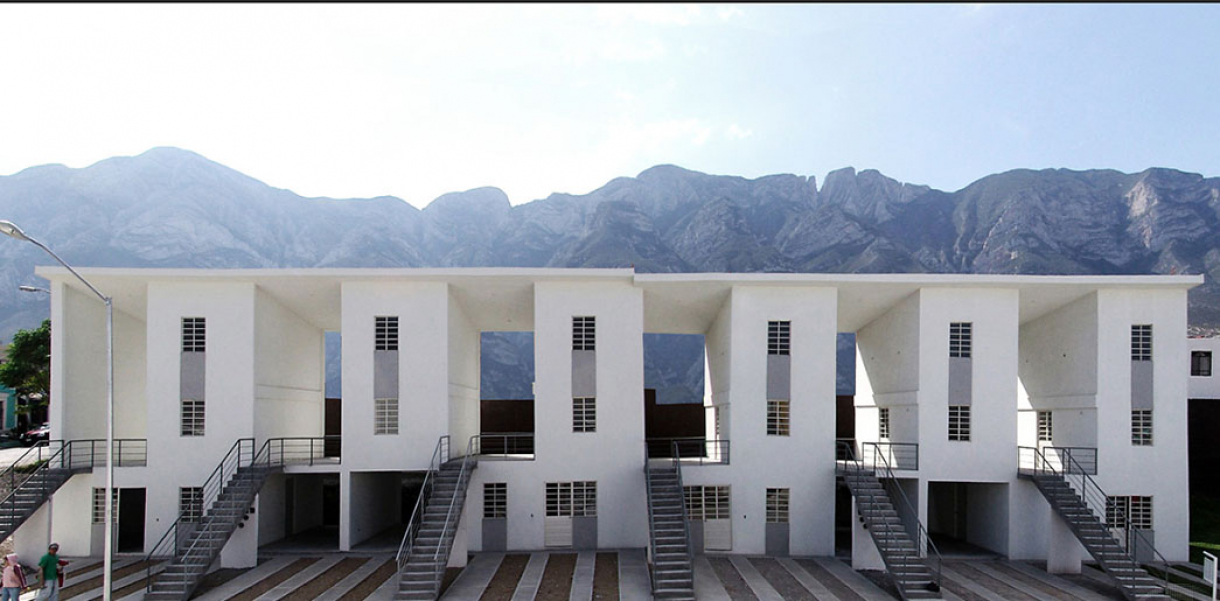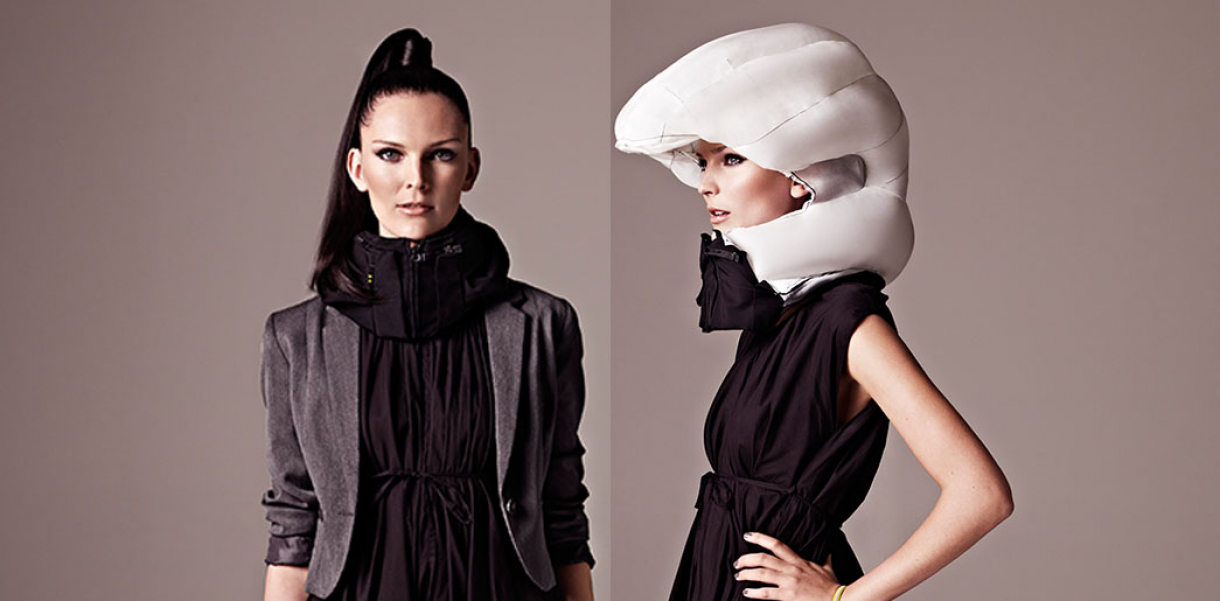What is the problem?
More than half of the world's population now lives in cities. For some people, this means enhanced employment opportunities, free exchanges of ideas, culture, enterprise and wealth. Modern day cities are the biggest and most complicated structures that man has ever created, but unfortunately these massive structures hold within them a long list of social issues. Some of the major challenges are concentration of population, overpopulation and subsequent lack of decent housing, pollution, traffic congestion, educational problems and – by extension - marginalization of people. H.E. Oh Se-hoon, Mayor of Seoul explains: “The central concept of the Design Seoul Project is: How could we put people at the center and make all policies, hardware and software of the city human centered?”
A struggling city destroyed by war
The trend towards urban living in the developed and developing world is set to continue and 3.3 billion people on this planet still choose to crowd together in skyscrapers, high-rises, subways and buses. Not too long ago, it looked like our cities were dying, but in fact they boldly threw themselves into the information age, adapting and evolving to become the gateways to a globalized and interconnected world. Now more than ever, the well-being of human society depends upon our knowledge of how the city lives and breathes.
The INDEX: Jury says: “Today, the driver of design innovation is the metropolitan region. This is the scale at which policy, capital, and social systems can affect positive change. Design Seoul is a design-driven project that captures the macro to micro scale of potential to improve people’s lives.” The Korean War left the city of Seoul almost completely destroyed, and the reconstruction and expansion of the city in the 1960’s and 1970’s was rapid, massive and in tone with the impressive economical development at the same time. This left Seoul with a number of substantial challenges both in relation to urban planning and livability. “The city of Seoul is a metropolis that has achieved rapid expansion after the Korean War. But because we focused solely on practicalities, while quickly building the city's infrastructure we gained a bad reputation and was known as a city of gray concrete”, says Mayor Oh.
When life gives you lemons – make lemonade
Based on the vision to ”design caringly for citizens”, Seoul has been designing people-oriented solutions, not only to improve the quality of living, but also to enhance its competitiveness by vitalizing the design industry in Seoul. To make Seoul a more people-centered city, Design Seoul established five principles: Airy, Integrated, Preserving, Collaborative and Sustainable design. It also formulated Design Seoul Guidelines, which have been applied to Seoul's public spaces, facilities, buildings, visual media, outdoor advertisements and other relevant items. A few examples are: The Dasan Call Center, which is a telephone service that has revolutionized city services in Seoul; the Gwanghwamun Square Project that has transformed part of a 16-lane road without a walkway into a new public space in downtown Seoul; the Namsan Renaissance Project that turned the Mount Nam Park District into a extraordinary tourist venue with a very scenic jogging route with easy access for the public and the Hangang Renaissance Project, which has created a leisure infrastructure along the Han River, which is known mostly for its crude, concrete embankments and jungles of cookie-cutter buildings. “The changes were gradual so Seoul residents did not feel a big change within a short period of time”, the Mayor explains and elaborates: “It has been five years since we began this project, and foreign visitors, who only come to Seoul every once in a while, praise the notable changes in Seoul. The INDEX: Award jury adds:
"This solution tackles the problem from a holistic perspective – usually this is addressed piece by piece, but Seoul takes it on from a systems perspective. Furthermore, the phase-staged design strategy created to roll out the changes makes the plan visible on the scale of the individual, neighborhood and city, ensuring the support of the citizens - from the Han River to street lights to the sewer system.”
From hard to soft
For the city of Seoul, design is a way not only to upgrade its appearance, but also a way to improve the daily life and address social, environmental and public health issues for its citizens. This approach has made Seoul a safer, healthier and more fun city to live in. The aim was to make Seoul soft, emphasizing on culture and design, moving away from the previous hard paradigm with a strict focus on efficiency. Design Seoul is an excellent illustration of how the use of design solutions can make a city healthier, more eco-friendly and more enjoyable to live and work in: “In order to make Seoul a soft city, I have set up a few principles – as I mentioned. Through these principles, we try to make a coherent design-oriented city atmosphere.” Mayor Oh concludes. “This approach is incredibly brave in terms of confronting a huge problem with a determination to affect improvement of the population of the city as a whole. It involves the citizens of Seoul with both local and international professional designers and architects to co-create their future environment”, The INDEX: Jury says about their selection as Design Seoul as INDEX: Award 2011 winner.
Designed by
Seoul Metropolitan Government
Website
http://design.seoul.go.kr






